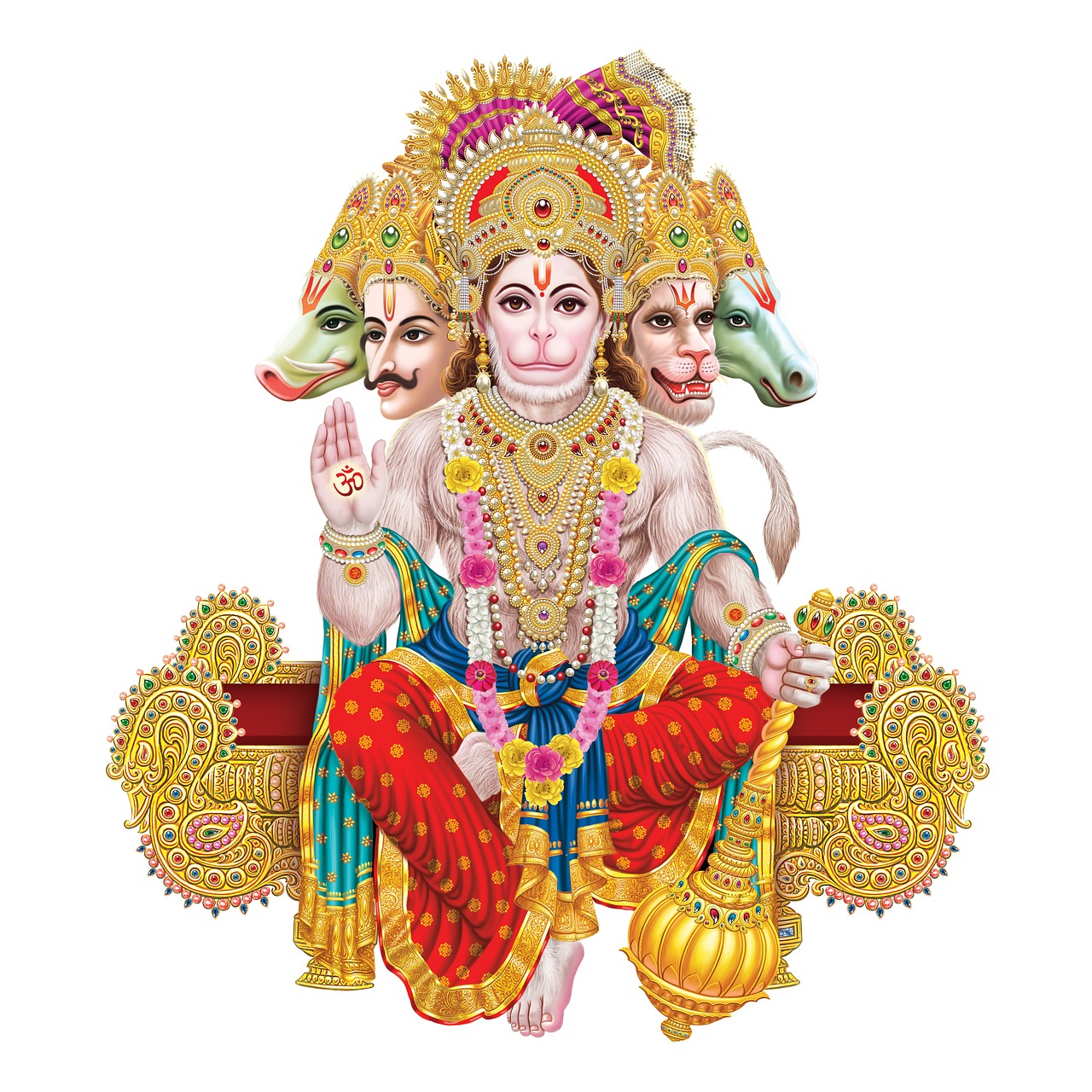Greek mythology encompasses a rich body of narratives concerning deities, heroes, and cultural rituals among the ancient Greeks and persists as a vital component of Classical antiquity. While some philosophers, like Plato in the 5th–4th century BCE, acknowledged the fictional aspects of these tales, the general populace perceived them as truthful accounts. Over centuries, Greek mythology has profoundly impacted Western art and literature, with its cultural legacy continuing to inspire creativity and thought across generations.
Myths serve as a universal method of comprehending the world, from explaining natural phenomena to chronicling the exploits of gods and heroes, and providing insights into social and political structures. In the Western tradition, Greek myths have established themselves as unparalleled sources of creative inspiration, stimulating artists and poets from antiquity to present-day in their exploration of classical themes.
Literary and Archaeological Origins of Myths
The Homeric Epics: The Iliad and The Odyssey
Homer, who authored these pivotal texts, is acknowledged for shaping the portrayal of Greek gods and heroes. The historian Herodotus observed that it was Homer and Hesiod who furnished the Olympian deities with their iconic characteristics. In the opening lines of the Iliad, characters like Apollo are presented in a way that assumes the audience’s familiarity with their genealogies. Greek audiences approached these narratives with a blend of reverence and expectation of knowledge pertaining to previous myths.
Hesiod’s Works: Theogony and Works and Days
Another principal source of mythical accounts is Hesiod’s Theogony, dating around 700 BCE, which details divine lineages and narratives about the origins of the gods. Alongside it, the Works and Days offers agricultural instructions and reflections on justice, engaging with themes that reflect the human condition. Though the two works are often viewed as distinct, they can also be seen as interconnected, with the Theogony articulating divine identities and Works and Days providing a manual for ethical and successful living.
Other Significant Literary Contributions
In addition to Homer and Hesiod, various epics crafted in the post-Homeric era expand on themes from the Trojan War, while the Homeric Hymns encapsulate many essential religious beliefs. Lyric poets, particularly Pindar, who flourished during the 6th and 5th centuries BCE, also contributed richly to the canon of mythic storytelling. The works of the ancient Greek tragedians Aeschylus, Sophocles, and Euripides stand out for their preservation of diverse traditions and moral interrogations.
Hellenistic and Roman Contributions
During the Hellenistic era, poets like Callimachus documented lesser-known myths, while mythographers such as Euhemerus proposed that divine beings may have originally stemmed from human figures, a perspective now termed Euhemerism. Apollonius of Rhodes notably chronicled the adventures of the Argonauts in their quest for the Golden Fleece. In the Roman Empire, various texts, including Strabo’s Geography and the compiled works of pseudo-Apollodorus, contributed to the understanding of Greek mythology among Latin-speaking people.
Archaeological Insights
The archaeological exploration of Greek and Minoan civilizations sheds light on ancient myth-making practices. The uncovering of Mycenaean civilization by Heinrich Schliemann provided critical context for myth and worship. Similarly, discoveries by Sir Arthur Evans in Crete expanded contemporary comprehension of these cultural narratives, illustrating Minoan society’s influence up until roughly 1450 BCE and the subsequent Mycenaean rise. Artistic artifacts from these periods, even when lacking direct inscriptions, portray scenes reflective of Homeric traditions.
Research into the cultural artifacts from the Archaic, Classical, and Hellenistic periods reveals a continued engagement with mythological themes, illuminating the enduring legacy of Greek mythology in shaping artistic expression and societal understanding.



